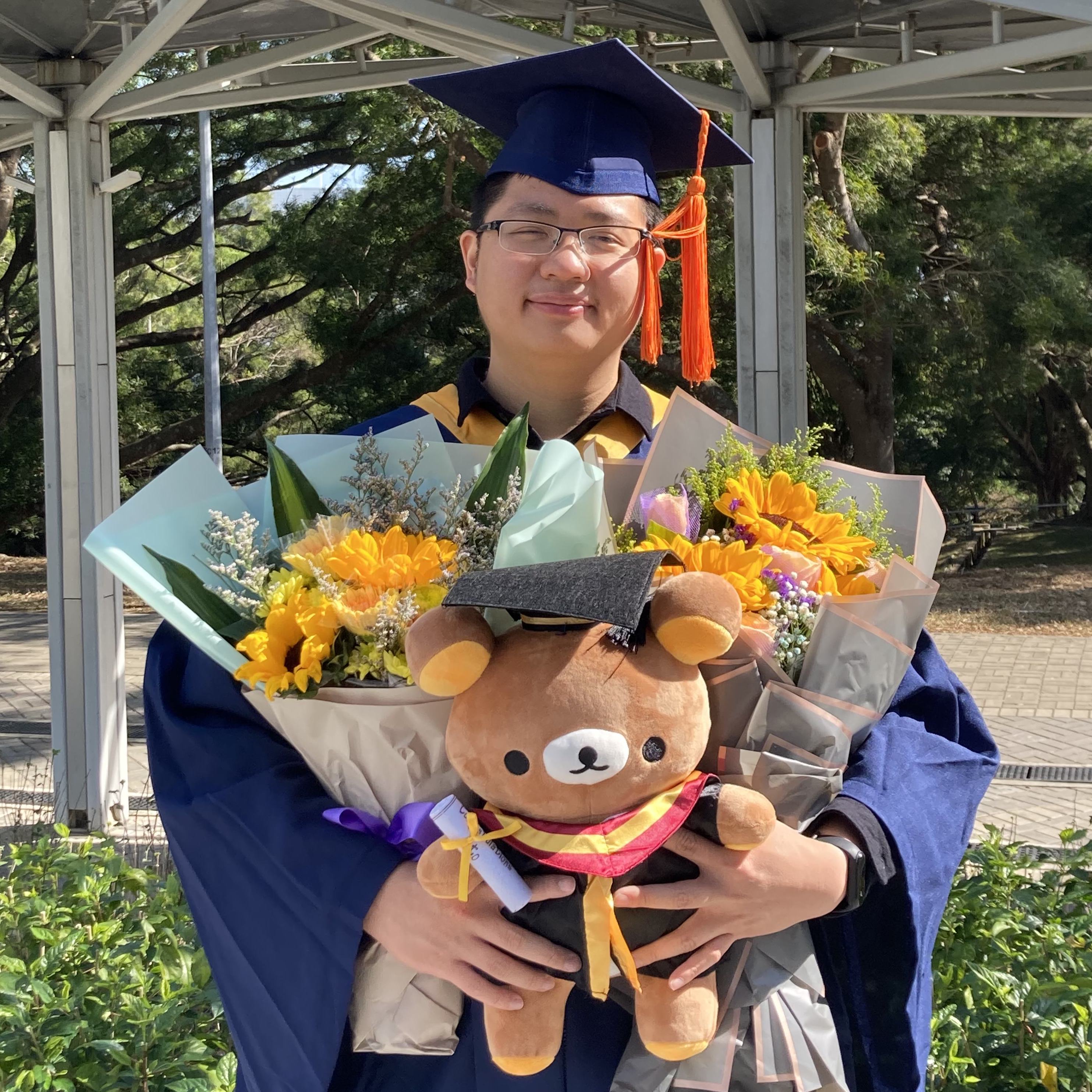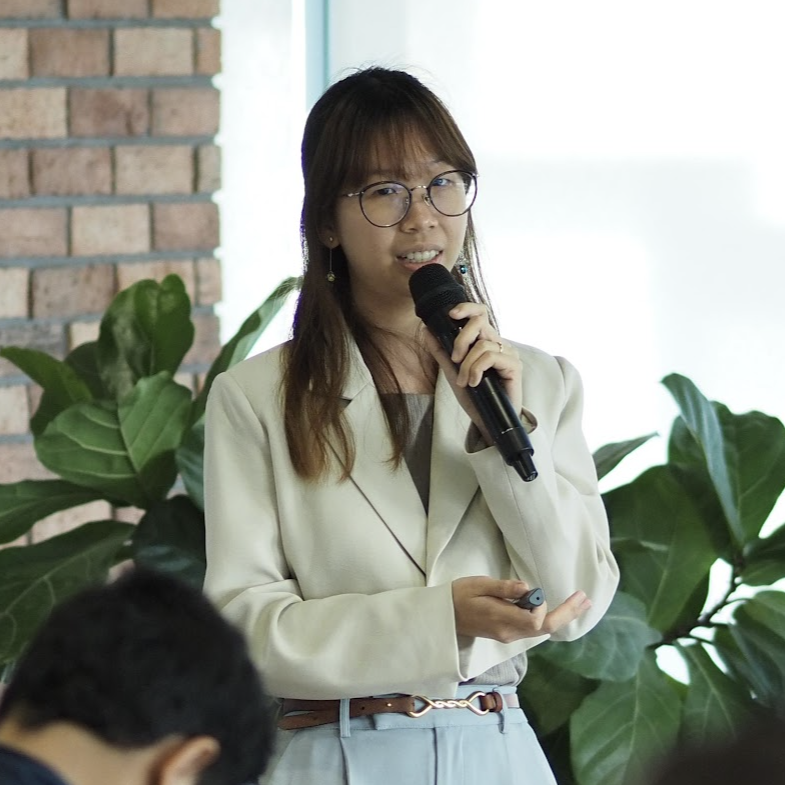
SEACrowd 2026 Apprentice Program
Apply here by Dec 17, 2025 (UTC-12).
SEACrowd Apprentice Program is a remote research program (Feb 1 - Jun 30, 2026) that pairs experienced researchers with early-career researchers across Southeast Asia to build models, datasets, and publishable research. Small, mentored teams work on scoped projects with structured milestones and community support, creating a clear path toward PhD admissions, jobs, and stronger SEA regional capacity.
Each mentee will join a team of 2–3 mentors (at least 1 primary mentor and 1 secondary mentor) and 2+ fellow mentees to execute a research project over four months. The program emphasizes hands-on experience, mentorship, and peer learning, culminating in a research report, which can turn into paper submission to top AI/ML/NLP conferences as arranged by the team.
2025 Success Story
Our 2025 cohort featured three apprentice teams who successfully completed their projects, culminating in mentees’ first-authored research papers published at the 5th Multilingual Representation Learning Workshop (2025). Check out their publications!
We shared their journey and our learnings from running the first cohort in our Retrospective blog post.
2026 Research Topics
We offer five cutting-edge research projects:
- Multilingual Agentic for Underrepresented Regions - Developing evaluation frameworks for agent-based language models in low-resource languages
- CoRaL: Contextual Relevance and Linguistic Enrichment - Multi-dimensional data curation framework for low-resource language training corpora
- Reasoning Agentic LLM Router - Skill-based routing mechanisms to reduce inference costs while maintaining performance
- Selective Memory Layer Finetuning - Architectural solutions for continual learning using memory layers
- Knowledge Distillation in Multilingual Vision-Text Models - Creating compact vision-language embeddings for edge devices
View detailed project topics →
Who Can Apply
There are no formal eligibility or age limits. We’re a growth-first programme and value potential, motivation, and effort more than credentials.
We welcome anyone who meets at least one of the following:
- Your affiliation (e.g., school, organization, company) is from Southeast Asia (SEA).
- You were born in SEA.
- You are doing or have done SEA-related research.
and share our vision.
What Increases Your Chances
- Bachelor’s degree with a publication or Master’s degree.
- Clear AI research goals (pre-PhD programs, early-year PhD, or prior collaboration with mentors).
- Fit with project topics, capability, motivation, and mentors (assessed via application + interview).
What You’ll Gain
- Certificate of achievement upon completion
- Letter of recommendation for PhD/job applications (for strong contributors)
- Potential publication at top ML/AI/NLP venues (first authorship reserved for project leads)
- Mentorship from experienced AI researchers
- Peer network with similar research interests
- Hands-on experience in collaborative AI research
Check out previous batch publications!
Application Process
- Apply here: Nov 17 - Dec 17, 2025 (23:59 UTC-12)
- Selection: mid-Dec 2025 - Jan 19, 2026
- Round 1: Application screening
- Round 2: Online interview
- Team announcement: mid-Jan 2026
Program Schedule
- Kickoff: Feb 1, 2026
- Mid-term milestone: End of Mar / early Apr (internal review)
- End-term milestone: End of Jun (SEACrowd-wide + external committee)
Publications are encouraged when ready, not tied to specific conference deadlines.
Who You’ll Work With
Primary Mentors

Alham Fikri Aji
MBZUAI, Asst. Prof.

Samuel Cahyawijaya
Cohere, Member of Technical Staff

Ekapol Chuangsuwanich
Chulalongkorn University

Fajri Koto
MBZUAI, Asst. Prof.

Peerat Limkonchotiwat
AI Singapore, Research Fellow

Genta Indra Winata
Capital One AI Foundation, Senior Applied Scientist
Secondary Mentors

Farid Adilazuarda
University of Edinburgh, PhD Student

M. Dehan Al-Kautsar
MBZUAI, NLP Researcher

David Anugraha
Stanford University, MS Student

Patomporn Payoungkhamdee
VISTEC, PhD Student

M. Reza Qorib
NUS, Research Fellow

Pume Tuchinda
VISTEC, Research Assistant
Organizers & Research Managers

Aye Hninn Khine
KMUTT, SEACrowd

Holy Lovenia
SEACrowd
Past Apprentice Research
Teams
Language Surgery in Multilingual Large Language Models
Mentors: Samuel Cahyawijaya,
Genta Indra Winata,
Fajri Koto,
Peerat Limkonchotiwat,
Alham Fikri Aji
Mentees: Joanito Agili Lopo,
Muhammad Ravi Shulthan Habibi,
Tack Hwa Wong,
Muhammad Ilham Ghozali
Entropy2Vec: Crosslingual Language Modeling Entropy as End-to-End Learnable Language Representations
Mentors: Alham Fikri Aji,
Genta Indra Winata,
Fajri Koto,
Samuel Cahyawijaya
Mentees: Patrick Amadeus Irawan,
Ryandito Diandaru,
Belati Jagad Bintang Syuhada,
Randy Zakya Suchrady
SEADialogues: A Multilingual Culturally Grounded Multi-turn Dialogue Dataset on Southeast Asian Languages
Mentors: Genta Indra Winata,
Ekapol Chuangsuwanich,
Alham Fikri Aji,
Fajri Koto,
Peerat Limkonchotiwat
Mentees: Muhammad Dehan Al Kautsar,
Aswin Candra,
Muhammad Alif Al Hakim,
Maxalmina Satria Kahfi
Publications
-
Joanito Agili Lopo, Muhammad Ravi Shulthan Habibi, Tack Hwa Wong, Muhammad Ilham Ghozali, Fajri Koto, Genta Indra Winata, Peerat Limkonchotiwat, Alham Fikri Aji, Samuel Cahyawijaya
Proceedings of the 5th Workshop on Multilingual Representation Learning (MRL 2025)
• 2025
-
Patrick Amadeus Irawan, Ryandito Diandaru, Belati Jagad Bintang Syuhada, Randy Zakya Suchrady, Alham Fikri Aji, Genta Indra Winata, Fajri Koto, Samuel Cahyawijaya
Proceedings of the 5th Workshop on Multilingual Representation Learning (MRL 2025)
• 2025
-
Muhammad Dehan Al Kautsar, Aswin Candra, Muhammad Alif Al Hakim, Maxalmina Satria Kahfi, Fajri Koto, Alham Fikri Aji, Peerat Limkonchotiwat, Ekapol Chuangsuwanich, Genta Indra Winata
Preprint
• 2025














